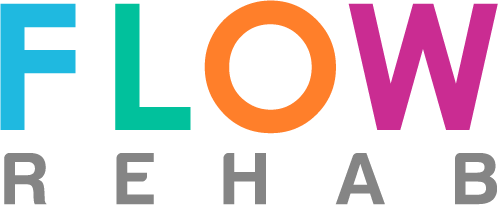Across any group of people, beliefs about physical activity and exercise habits vary greatly. During a pregnancy, many hope to be as healthy as possible, and may even choose to start a new exercise program. For those who already have an exercise habit, it’s common to want to continue with usual activity as able. Because every pregnancy is different from the next, and because the goal of a pregnancy is both a healthy mother and fetus, a person’s desire to be physically active may not match what is possible or best. For example, conditions related to nausea and vomiting, blood pressure issues, a cervix that softens too early, or health challenges in the mother or fetus can mean that rather than exercise, bed rest or light activity only is recommended.
So what keeps women motivated? When their body gets heavier, when swelling and joint aches increase, what is it that helps a person keep moving? A recent research article (reference below) identified attitudes and perceived barriers for being active during pregnancy. The authors found that being tired, a lack of time, and discomfort related to pregnancy were barriers to physical activity during pregnancy. Discomfort included a range of symptoms from nausea to pain, or even a sense of "awkwardness" from body changes. The factors that aided in more movement included a belief in the value of improving health for both mother and fetus, goals of decreasing stress, increasing fitness levels, have social support and having access to pregnancy-specific programs.
“Social support was the most frequently cited interpersonal enabler of physical activity, particularly partner support and family/friend’s support.”
When pregnancy is complicated, a medical provider may tend to provide vague recommendations to err on the side of caution, and provide general information about modes of exercise such as “swim but don’t jog.” If more detailed information is desired, working with a person trained in pregnancy-related fitness and wellness may be needed. It’s always critical to follow a medical provider’s advice, yet unless that medical provider is with you when exercising, it’s unlikely you will have detailed guidelines on how hard to exercise or how to modify the activity in real time.
If body aches and pain are limiting your participation in physical activity, during or after pregnancy, find a rehabilitation provider who is trained to optimize your comfort and movement so you can stay as active as possible. The more active you are during pregnancy, the easier the transition may be from early postpartum recovery to increased physical activity.



